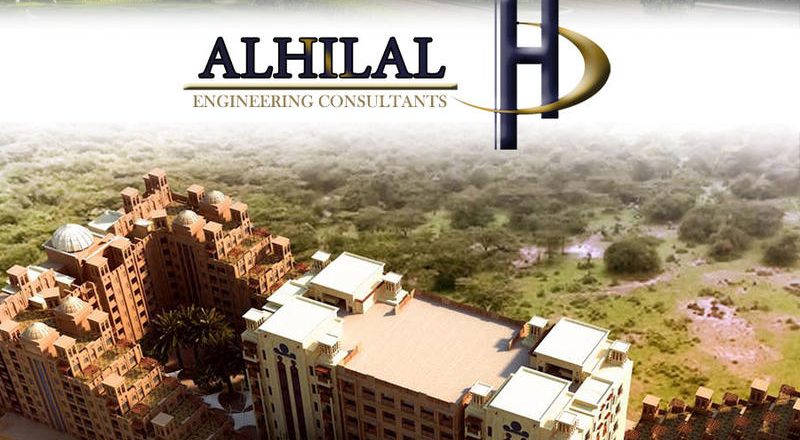Urban Planning Techniques For Building Sustainable Cities
Urbanization is reshaping our land at an unprecedented pace, with more than half of the global population now residing in urban areas. As cities continue to grow, the need for sustainable urban planning in Dubai becomes increasingly imperative. Sustainable cities consider environmental responsibility, economic viability, and social equity to ensure the well-being of current and future generations. Through innovative urban planning techniques, cities can mitigate environmental degradation, promote social inclusion, and raise economic prosperity.
Transit- oriented development (TOD):
Transit-oriented development is a fundamental urban planning approach that highlights compact, mixed-use communities centered on public transportation hubs. By promoting walkability and reducing reliance on automobiles, TOD reduces carbon emissions, alleviates traffic congestion, and improves urban livability. Integrating residential, commercial, and recreational spaces within close proximity to transit nodes encourages sustainable lifestyles and raises vibrant, interconnected communities.
Green infrastructure:
Green infrastructure encompasses natural and engineered systems designed to manage stormwater, mitigate heat island effects, and boost biodiversity within urban environments. Techniques such as green roofs, permeable pavements, and urban forests help absorb carbon dioxide, regulate temperatures, and improve air quality. Incorporating green spaces into urban planning improves ecological resilience and also provides recreational opportunities, improves mental well-being, and strengthens social cohesion.
Compact urban design:
Compact urban design promotes high-density development patterns that optimize land use and minimize urban sprawl. By concentrating development in designated areas, compact urban design conserves natural habitats, reduces infrastructure costs, and promotes efficient resource utilization. Mixed-use zoning regulations further increase accessibility to essential services and amenities, raising a sense of community and reducing transportation-related emissions.
Participatory planning:
Participatory planning empowers citizens to actively engage in decision-making processes concerning their built environment. By soliciting input from diverse stakeholders, including residents, community groups, and local businesses, urban planners can design more responsive and inclusive cities. Participatory approaches ensure that development initiatives align with the needs and aspirations of the community, enhancing social equity and promoting democratic governance.
Adaptive reuse:
Adaptive reuse involves repurposing existing buildings and infrastructure for new functions, thereby reducing demolition waste and preserving cultural heritage. By revitalizing historic structures and brownfield sites, cities can mitigate urban blight, promote sustainable growth, and raise creative innovation. Adaptive reuse projects contribute to the unique character of urban lands while minimizing environmental impacts associated with new construction.
